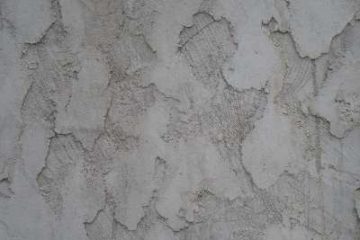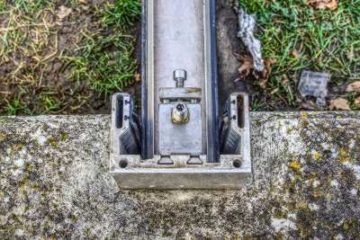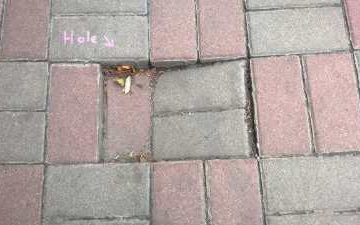3 soil stabilization techniques
Soil stabilization entails altering the physical characteristics of soil to better its durability, strength or other traits. Normally, the process of soil stabilization is vital for road construction and related maintenance like void filling and building concerns of infrastructure. Stabilized soil bears an immensely enhanced weight bearing ability which makes it considerably more impervious to damage by frost, water or bleak conditions.
The altering of soil structure using stabilization isn’t a new concept; humans have performed it for centuries; it wasn’t until we started building roads that engineers begun looking into ways to improve roads. Take or leave it, a few of the first methods of stabilization (or their variations) are employed today.
Let’s explore the three kinds of popular stabilization techniques and their workings:
1. Mechanical
The earliest kind soil stabilization techniques were mechanical. Such procedures entail the physical alteration of soil properties to affect its solidity, gradation, and other attributes. Contractors need to study the soil in question before a stabilization process to obtain a soil report to understand the best mechanical means to utilize.
Dynamic compaction is among the leading types of mechanical soil stabilization procedures where a massive weight is plunged on the ground at constant intervals to eradicate deformities like soil compaction and guarantee an even packed surface.
Alternatively, contractors may resort to Vibro compaction that works on principles akin to that of Dynamic compaction, but counts on vibrations instead of deformation via kinetic force.
2. Chemical
Chemical solutions rely on adding material to soil that interacts with it and alters its properties. A good number of soil stabilization techniques rely on these additives. You’ll happen upon compounds that utilize fly ash, kiln dust, lime or cement.
The majority of the initiated reactions are either pozzolanic or cementitious, hinging on the soil at the specific site in question.
3. Polymer
Man has used the earlier mentioned pair of soil stabilization techniques for centuries, and it’s only in the last few decades that technology allowed for the exploitation of alternative stabilization procedures by contractors.
The majority of recent technological discoveries are polymer based (polyurethane foam) and bear many advantages over the traditional chemical and mechanical solutions in matters to do with; affordability, effectiveness, and environmental friendliness more so for chemical solutions.
Conclusion
Over time, polymer-based solutions will quickly gain ground due to their cost friendliness, environmental benefits, and ease of use among other perks over the earlier soil stabilization techniques.


